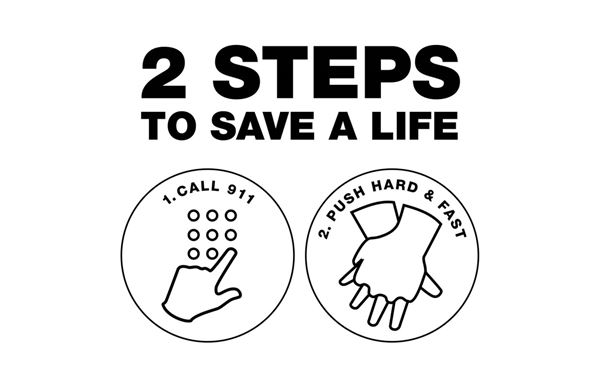Heart Attack and Sudden Cardiac Arrest Differences
Quick Facts
- A heart attack is caused by a circulation problem.
- Sudden cardiac arrest is caused by an electrical problem.
- Both conditions require treatment right away.
Heart attack and sudden cardiac arrest are two different conditions. A heart attack occurs when blood flow to the heart is blocked. Sudden cardiac arrest occurs when the heart suddenly stops beating. A heart attack is a circulation problem. Sudden cardiac arrest is an electrical problem.
What is a heart attack?
A heart attack is when a blocked artery stops blood from reaching a section of the heart. If the blocked artery is not reopened quickly, the part of the heart normally fed by that artery begins to die. The longer a person goes without treatment, the greater the damage.
Symptoms of a heart attack may be immediate and intense or start slowly with mild symptoms. It’s also possible to have mild symptoms or even no symptoms and still have a heart attack. The heart usually doesn’t stop beating during a heart attack. The heart attack symptoms in women can be different than in men.
What is cardiac arrest?
Sudden cardiac arrest happens suddenly and often without warning. It happens when an electrical failure in the heart causes an irregular heartbeat (arrhythmia). The heart can’t pump blood to the brain, lungs and other organs. This causes a person to lose consciousness and a pulse. The person can die if they don’t receive help within minutes.
What's the link?
These two heart conditions are linked. Sudden cardiac arrest can happen after a heart attack or during recovery. Heart attacks increase the risk for sudden cardiac arrest. Many heart attacks don’t lead to sudden cardiac arrest right away. But when sudden cardiac arrest occurs, heart attack is a common cause. Other heart conditions may also disrupt the heart’s rhythm and lead to sudden cardiac arrest. These include:
- Cardiomyopathy
- Heart failure
- Arrhythmias, particularly ventricular fibrillation
- Congenital heart defects
- Infections
Fast action can save lives
When you call the local emergency number, 911, the operator will ask you a series of important questions that usually begin with, “What is the emergency?”
Stay calm. Try to be patient while answering questions about the condition of the affected person. Know your location. The operator will need to know where you are. If you are in an unfamiliar place, try to note the address, nearby streets, or landmarks and be ready to give the local emergency number operator as many details as possible. Do not hang up until the rescue arrives. The operator may guide you through performing hands-only CPR if needed.
If you are worried about calling 911 as a bystander, you can remain anonymous. You do not need to provide your name, phone number or any other identifying information.
What to do: Heart attack
Even if you’re not sure it’s a heart attack, call 911 or your emergency response number. Every minute matters! It’s best to call emergency medical services to get to the emergency room right away. EMS staff can begin treatment when they arrive. This can be up to an hour sooner than if someone goes to the hospital by car. EMS staff are also trained to help someone whose heart has stopped. People with chest pain who arrive by ambulance may also receive faster treatment at the hospital.
What to do: Sudden cardiac arrest
Sudden cardiac arrest is a leading cause of death. About 350,000 out-of-hospital cardiac arrests happen yearly in the United States. By performing CPR, you can double or even triple a person’s chance of survival.
For adults:
- Check for responsiveness.
- Shout for help.
- Call 911 to get emergency medical services.
- Begin CPR and continue until EMS staff arrive.
- Get an automated external defibrillator if one is available. Use it as soon as it arrives.
- If two people can help, one should begin CPR right away while the other calls 911 and finds an AED.
For children and infants:
- Check to see if something is blocking the airway.
- Call 911 to get emergency medical services.
- Begin CPR.
- If help is nearby or a cellphone is available, you can call for help and start CPR almost at the same time.
- If you can’t call for help, begin CPR first. Respiratory arrest is the most common cause of cardiac arrest.
- If the child has suddenly collapsed, use an AED. Early defibrillation can be lifesaving.









